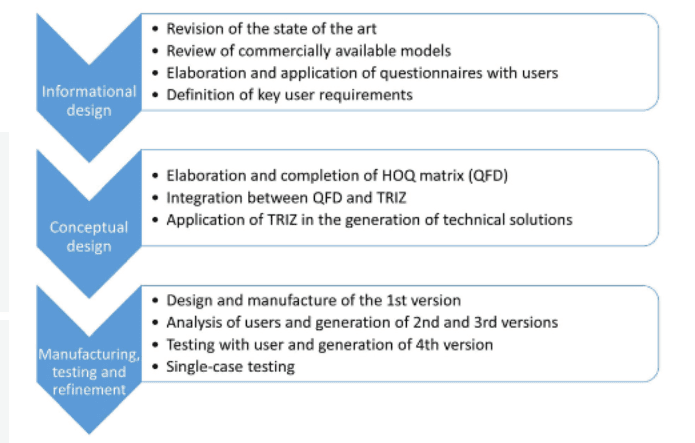In the recently published, ‘ User-centered design of a customized assistive device to support feeding ,’ Brazilian researchers explore the design of a medical device for patients with Parkinson’s or other diseases that cause hand tremors.
.
Gaining nutrition is critical to health, and with such a device, the user also retains independence. The authors suggested the user-based approach, with 3D printing used to improve and refine the design in the end. Overall, they were able to open up communication between members of the design team, offer clear identification of design demands, promote a decrease in R&D time, and offer an array of new and ‘inventive’ solutions.
.
Here, the user helping the researchers in the study was a 60-year-old male with Parkinson’s. While assistive technology has been heavily affected by 3D printing, in this study it also proves itself as a substantial design tool. The design process for the study […]
Case Study: How PepsiCo achieved 96% cost savings on tooling with 3D Printing Technology
Above: PepsiCo food, snack, and beverage product line-up/Source: PepsiCo PepsiCo turned to tooling with 3D printing...





0 Comments